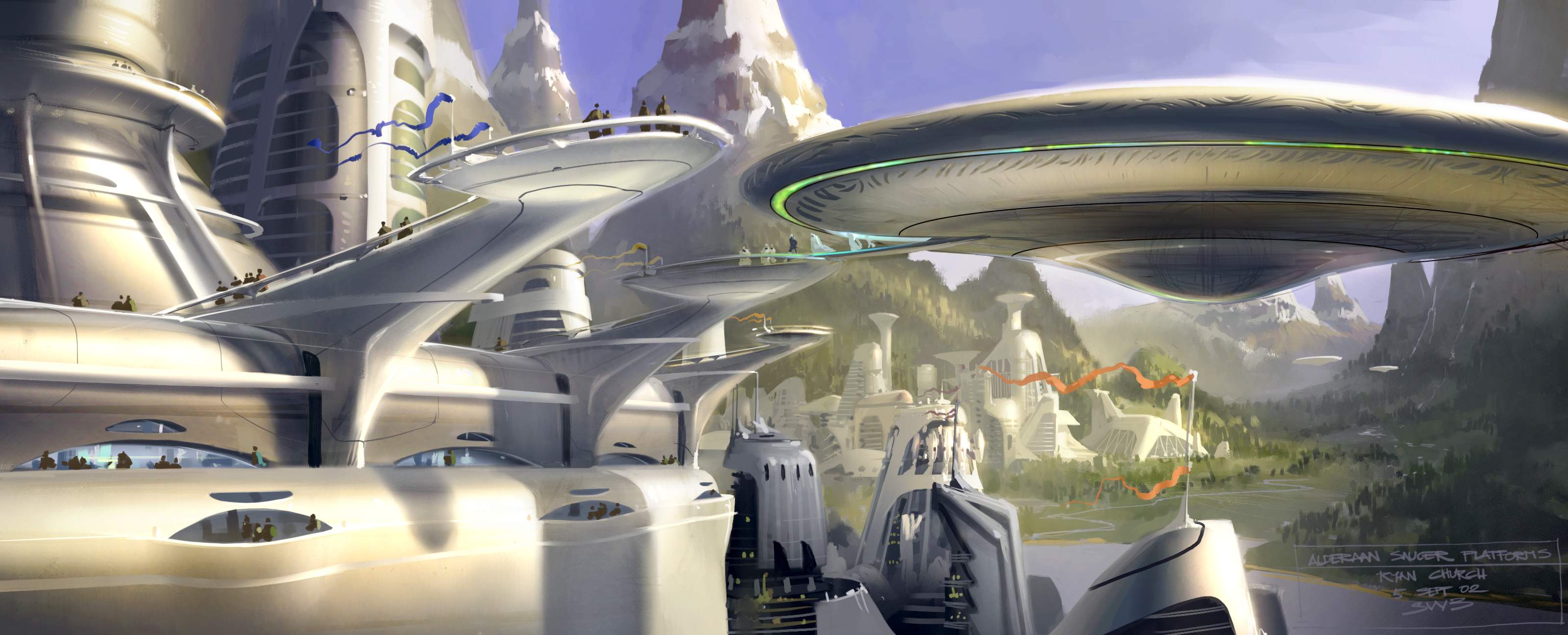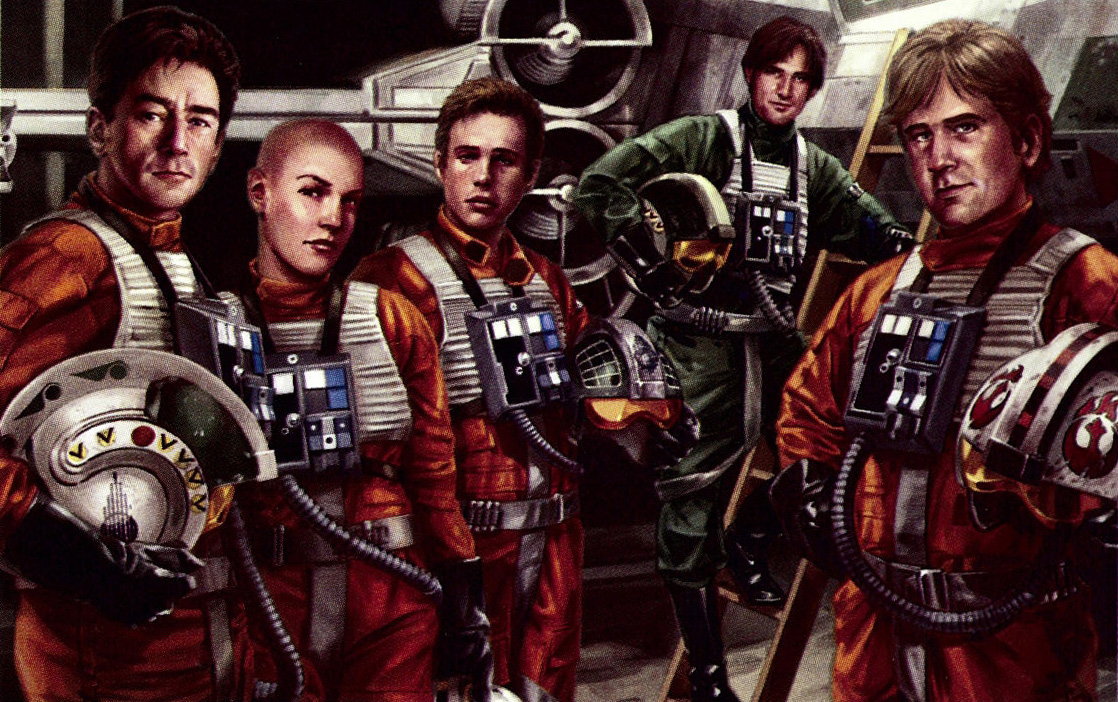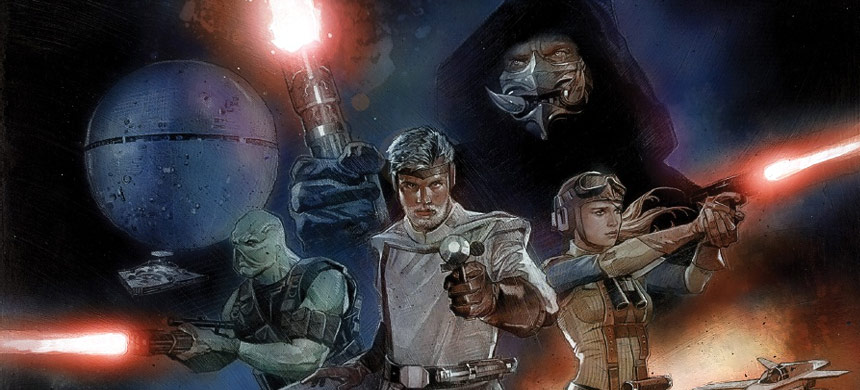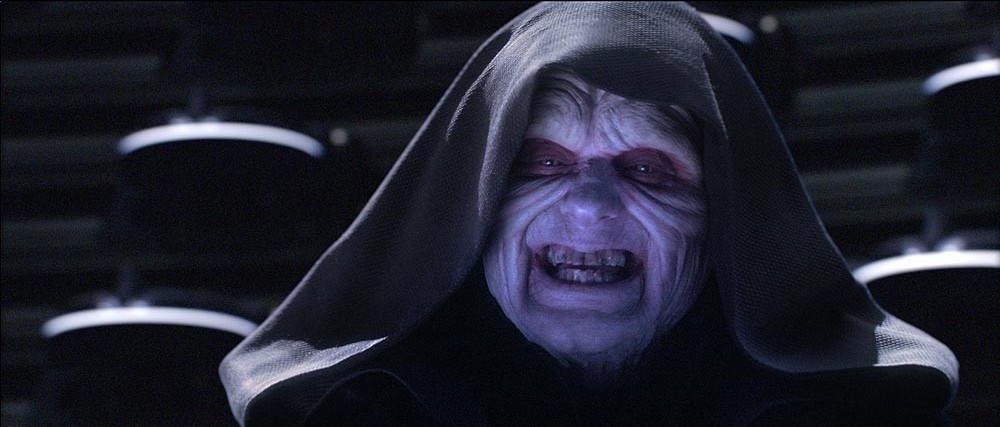
One of the staples of the starfaring genre of science fiction has always been the presence of distant, foreign worlds, usually home to alien species but at the same time also conveniently capable of sustaining human life without any sort of environment suits or breathing masks. They’re right up there alongside faster-than-light travel, aliens that look suspiciously like people painted in funny colors with antennae taped on, and a questionable-at-best grasp of the laws of the physics.
In this, Star Wars is little different from any other similar franchise: in fact, many undoubtedly owe a great deal to it in terms of inspiration. While it may not have invented the concept of worlds consisting of a single, uniform environment, it undoubtedly popularized it to the point where Tatooine and Hoth have become the iconic desert and ice planets.
While the Original Trilogy kept the nature of the worlds it visited fairly simple, likely due more to a limited budget than anything else, the Prequel Trilogy revealed an entirely new array of diverse and captivating environments to us. The galactic capital of Coruscant was, as accurately described by the aptly-nicknamed “Captain Obvious,” one big city. The stormwracked ocean planet of Kamino gave rise to the titular army in Attack of the Clones. Revenge of the Sith further upped the ante by adding far more worlds than any movie before it: Mygeeto, Felucia, Saleucami, Kashyyyk, Cato Neimoidia, Mustafar, and Utapau.
Most of these were not visited for as long as the crew might have liked and left a great deal still on the drawing board (the crystal planet of Christophsis from The Clone Wars is based on one of a number of abandoned concepts, and Kashyyyk was at one point imagined with a Venetian influence), but they still served their general intended purpose of giving the Clone Wars that sense of scale that Galactic Civil War couldn’t quite achieve within the technological limitations of its time.
 Over the course of this series, we’ve examined many aspects of the Expanded Universe and how they might be improved by a potential (hard or soft) reset of the franchise’s accumulated continuity: the rebellion’s struggles to establish its legitimacy in the aftermath of Return of the Jedi, the long-term prospects of the New Republic and the Imperial Remnant, the recent dysfunctional nature of the New Jedi Order and its failure to reach the (rather low) bar set by its predecessor, and the universe’s persistent inability to let go of the torch and let it conclusively pass to a new generation of heroes.
Over the course of this series, we’ve examined many aspects of the Expanded Universe and how they might be improved by a potential (hard or soft) reset of the franchise’s accumulated continuity: the rebellion’s struggles to establish its legitimacy in the aftermath of Return of the Jedi, the long-term prospects of the New Republic and the Imperial Remnant, the recent dysfunctional nature of the New Jedi Order and its failure to reach the (rather low) bar set by its predecessor, and the universe’s persistent inability to let go of the torch and let it conclusively pass to a new generation of heroes.


